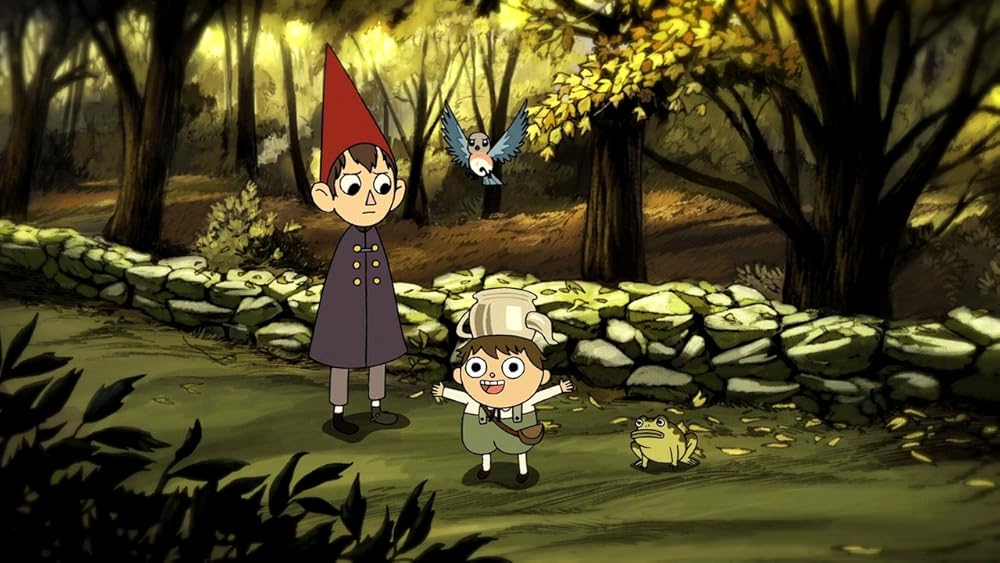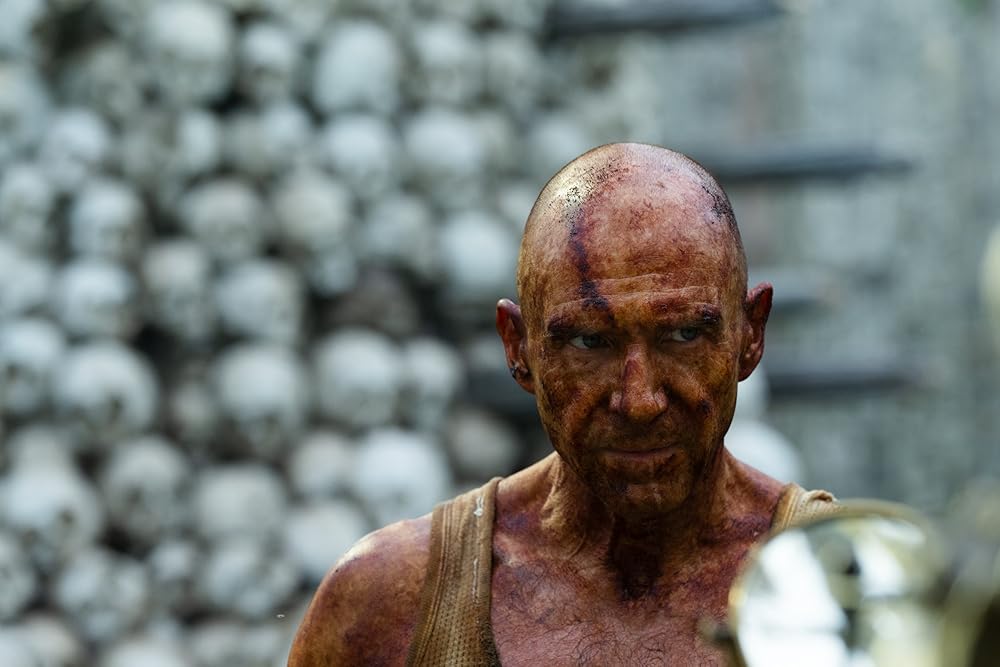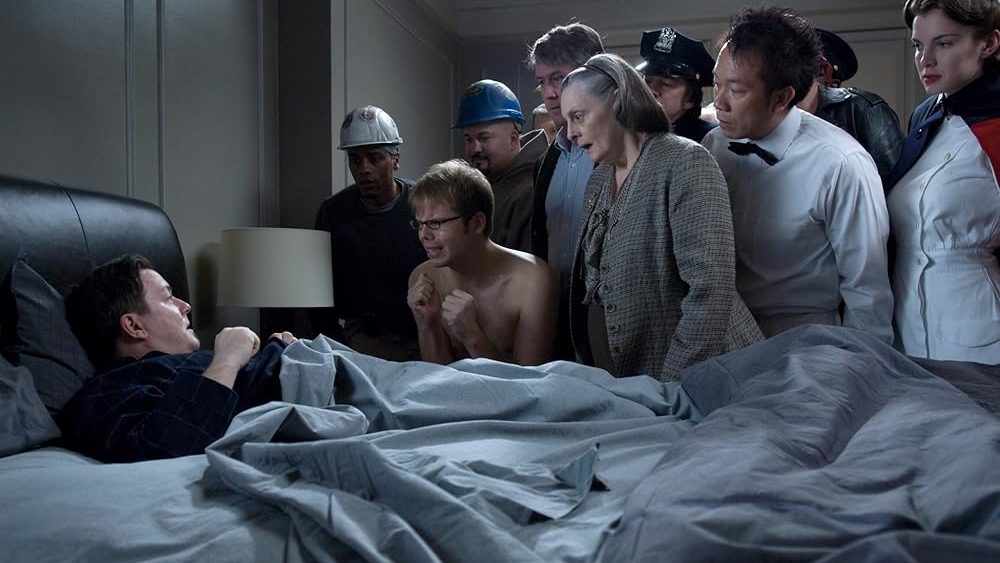My father has an anecdote he likes to break out this time of year.
He was at a party with an old high school friend and his wife, both Protestant at the time but later destined to convert to Eastern Orthodoxy (we Catholics count this as an apostolic moral victory). My dad asked if they had any plans for Halloween and the wife, very sweetly and kindly replied: “Oh, we don’t celebrate the devil’s holiday.”
It has become my own minor crusade to reclaim Halloween as a proper Catholic holiday, to not let the weekend warrior satanists bask in stolen valor.
The name itself comes from All Hallows’ Eve, and from the Gaelic tendency to slur their sentences together into a consistent porridge. There is nothing wrong with being a bit morbid this time of year. All Saints’ Day and All Souls’ Day are sharp reminders of what the dead owe to us and what we owe the dead, from prayers to the inevitable union dues.
So in the spirit of the season, I’m offering a brief syllabus of films that help keep death and the afterlife in mind — in a healthy way.
“Ghost Town” (2008)
Imagine if you had the Sixth Sense, but it was a sense of annoyance. This is the plight of the unfortunately named Bertram Pincus (Ricky Gervais). Pincus is a misanthropic dentist, which is in some ways an improvement for someone in his field. Rather than inflicting pain, you sense that he got into the profession because it’s one of the few where customers can’t speak to you.
So imagine Pincus’ woe when a near-death experience gives him the ability to commune with the dead. He already isn’t a fan of the living, and now he’s getting pestered with requests from ghosts to help resolve their unfinished business so they can pass on. Pincus isn’t interested, but ghosts don’t respect office hours.
Pincus starts to help the spirits just to get rid of them. In doing so, he discovers that charity, regardless of motive, has a habit of remodeling the soul. His new clients might be dead, but his existence before was scarcely a life.
In a unique spin on the purgatorial state, he discovers that it is not the dead’s unresolved problems that keep them tethered to this realm, but the living’s. Or more accurately put, the agony of their loved ones is the unfinished business. “Ghost Town” is one of the few movies to recognize that death doesn’t sever our relationships and obligations to one another; if anything, we’re more entwined than ever.
“Over the Garden Wall” (2014)
This is a miniseries, but I’m going to break my own rules and include it here, as its 10 episodes are all under 10 minutes long.
The show follows the brothers Wirt and Greg, who find themselves in a dark forest, the straightforward pathway lost. Sound familiar? This is the Unknown, a mysterious land where every hamlet they come across is from some earlier era of Americana, either real or imagined. They struggle to find their way out of the forest and home with the help of a talking bluebird named Beatrice. Again, sound familiar?

Half Dante and half “Pilgrim’s Progress,” the trio stumble across a purgatorial landscape where the timestream seems to pool and collect: there are colonial farming villages, medieval taverns, bluestocking school marms, Gilded Age mansions and the like. It’s only the vanity of the living that separates the past into neat little eras. Boundaries tend to blur when you all arrive at the same destination.
“Over the Garden Wall” is surprisingly death-haunted for children’s animation. To its credit, the show isn’t fretful of death, but offers its memento mori with shrug and merry jig. The only real threat in the Unknown is the mysterious Beast, a creature that can only harm by convincing you to give up hope. To paraphrase Thomas Merton, despair is the one sin God can’t forgive because our pride won’t allow him. This series reminds us that there are worse things to fear than the reaper, namely fear itself.
“28 Years Later” (2025)
The most recent addition to the mortality canon, “28 Years Later,” is also the most explicit in both its message and the number of arrows you see pass through eye sockets. Proving it’s not just a clever name, the film takes place 28 years after a zombie outbreak, with continental Europe beating the plague back and quarantining its origin at the British Isles. Survivors are left to fend for themselves as NATO boats patrol around, preventing any escape.
Taking a cue from the past, a survivor community sprouts up on Lindisfarne, the so-called Holy Isle for its connection to St. Cuthbert. The survivors find it holy for its long causeway, which connects it to the mainland at low tide, washing away any zombie intruders that approach.

The story follows young Spike, who while surrounded by the living dead, is more concerned with the living dying: His mother is wasting away from an unknown disease, with fellow villagers unable or unwilling to assist (which are often the same thing). Spike must venture out with his mother across the causeway and through undead territory to seek out the rumor of a doctor living on the mainland.
Decades of zombie films have ingrained certain expectations in us, which “28 Years Later” delights in thumbing its nose at. While not without its thrills, the movie finds its groove when it’s at its most contemplative: Spike wandering through an ossuary of skulls and realizing the only difference between his and theirs is the accident of years.
In acknowledging death, he also gains a greater respect for life, even the life that is trying to eat his brains. Our conflicts seem petty in the face of eternity, relentless jockeying for position in the same line to the same destination. Our time shouldn’t be wasted on relinquishing our place in line.

